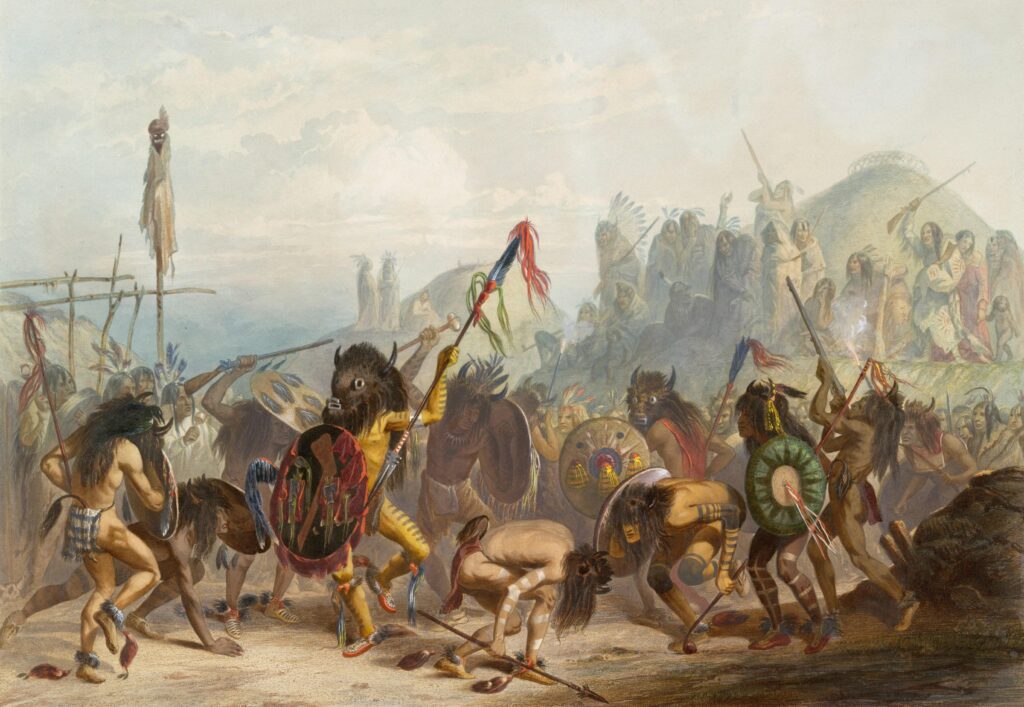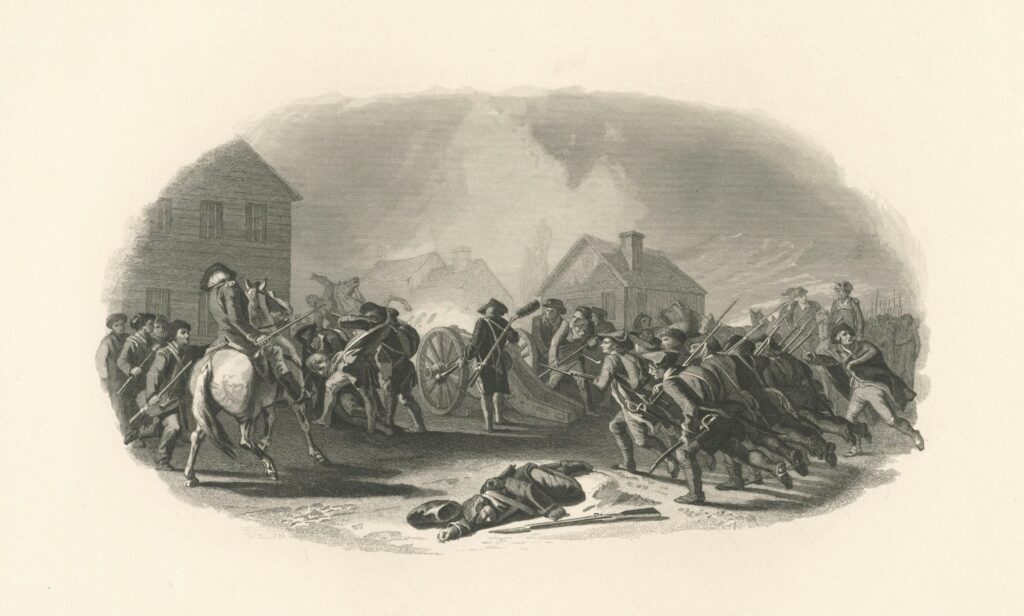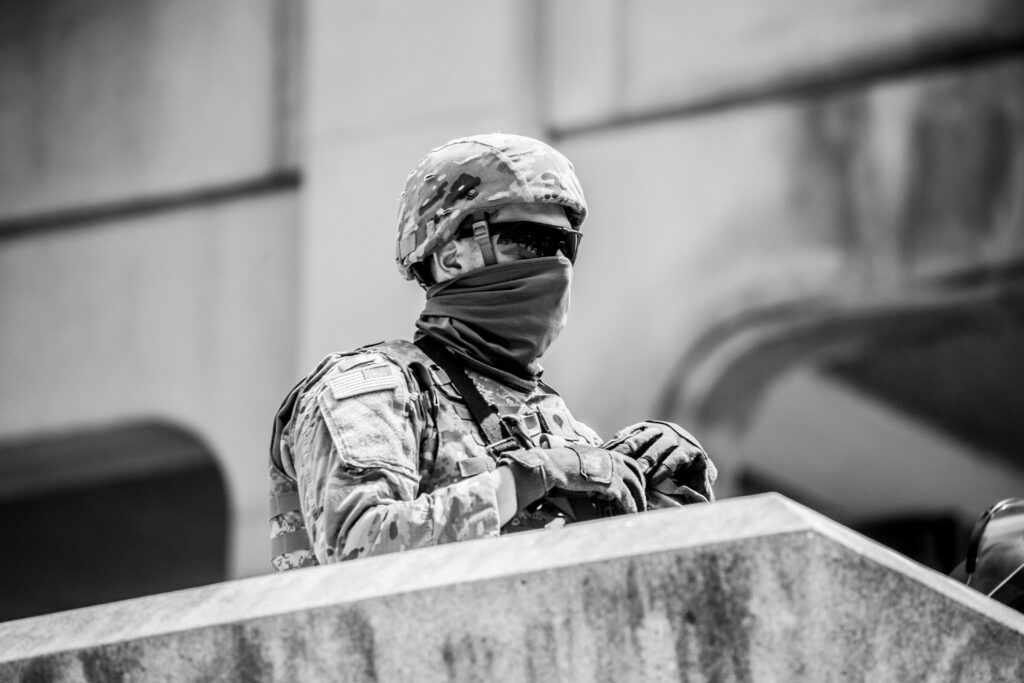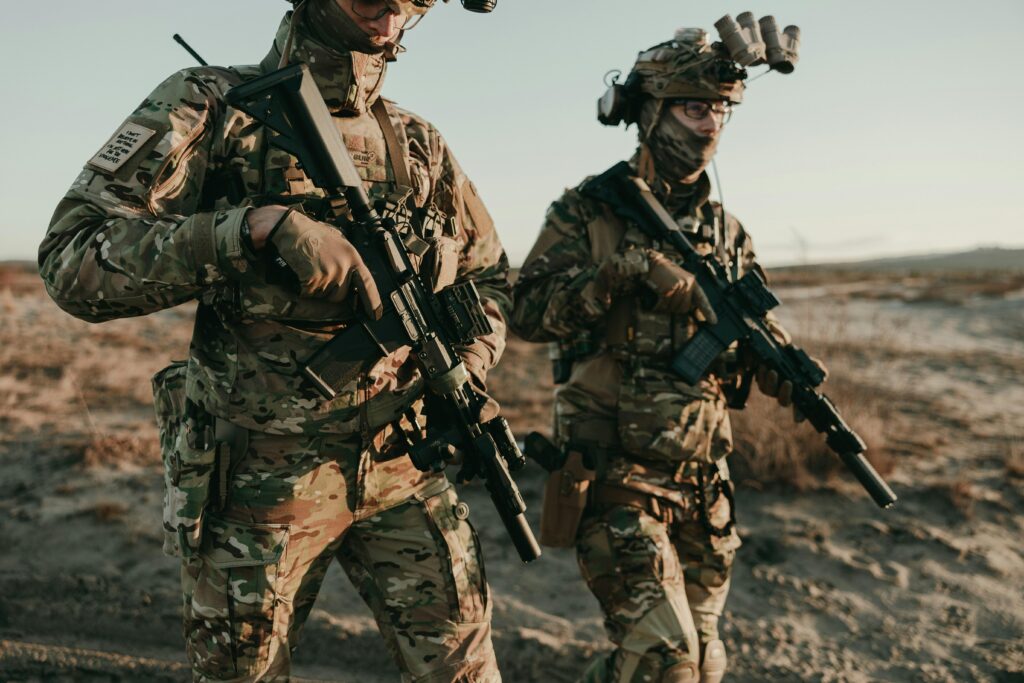The India-Pakistan Kashmir conflict is one of the longest-running and most complex territorial disputes in the world. For decades, this region nestled in the Himalayas has been at the heart of political tension, military confrontations, and deep-seated emotions on both sides. But what exactly fuels this enduring conflict, and where could things be headed in the future? In this blog post, we’ll unpack the historical roots, the current state of affairs, and explore possible paths forward. Whether you’re a history buff, a political junkie, or simply curious about global affairs, join me as we dive into the fascinating—and often fraught—story of Kashmir.
Table of Contents
- The Historical Layers That Shaped the Kashmir Conflict
- Examining the Human Impact Behind the Headlines
- Geopolitical Stakes and Regional Power Plays
- Pathways to Peace: Innovative Solutions and Diplomatic Moves
- Key Takeaways
The Historical Layers That Shaped the Kashmir Conflict
Beneath the surface of today’s Kashmir conflict lies a labyrinth of complex historical narratives, territorial claims, and sovereignties that date back centuries. The region’s strategic importance was acknowledged by various empires—from the Mughals to the British Raj—each leaving an indelible mark on its political and cultural landscape. When British India was partitioned in 1947, Jammu and Kashmir became a princely state with the choice to join either India or Pakistan, a decision that ignited a long-standing dispute. The state’s last ruler, Maharaja Hari Singh, chose accession to India amidst escalating tribal invasions from Pakistan, laying the groundwork for the first Indo-Pakistani war and the subsequent division of Kashmir under the United Nations watch.
The ensuing decades have seen Kashmir entangled in an intricate web of diplomacy, militarization, and intermittent peace efforts. Several crucial moments have fueled the intensity of this conflict:
- The 1948 ceasefire agreement, which set the Line of Control but left the Kashmir status unresolved.
- The wars of 1965 and 1971, deepening hostility between the two nations.
- The insurgency explosion in the late 1980s, which brought internal turmoil and external influences into sharper focus.
- Political shifts in both India and Pakistan, affecting Kashmir’s autonomy and governance structures over time.
Each historical layer fuels the deep mistrust and nationalistic fervor that make this conflict one of the most persistent and complex geopolitical issues in South Asia today. Understanding these layers is crucial to imagining any path forward.
Examining the Human Impact Behind the Headlines
Behind the barrage of political soundbites and diplomatic rhetoric lies a deeply human story marked by resilience, hardship, and an enduring hope for peace. Thousands of families on both sides have had their lives fractured by the conflict, with many caught in a cycle of displacement and trauma spanning generations. Schools shuttered, livelihoods disrupted, and a pervasive atmosphere of uncertainty shape everyday existence for those living in the region. These personal struggles often go unnoticed amid the global focus on territorial disputes and military maneuvers.
Amidst this complexity, several critical factors often remain invisible in mainstream narratives but are crucial to understanding the human dimension:
- Psychological toll: The ongoing tension has resulted in widespread anxiety and mental health challenges, impacting children and adults alike.
- Economic repercussions: Trade restrictions and border instability have curtailed local economies, deepening poverty in already vulnerable communities.
- Cultural fragmentation: Years of conflict have eroded shared spaces and interactions, sparking a loss of cultural cohesiveness.
Geopolitical Stakes and Regional Power Plays
The Kashmir conflict is far from a simple territorial dispute; it acts as a critical chessboard where multiple regional powers maneuver to assert influence. Beyond India and Pakistan, countries like China and Afghanistan indirectly play roles that complicate the status quo. China’s ongoing infrastructural investments and its strategic partnership with Pakistan bring a new layer of complexity, intertwining the conflict with larger geopolitical ambitions such as the Belt and Road Initiative. Meanwhile, Afghanistan’s evolving political landscape impacts regional stability, subtly affecting the calculations of all involved parties. This tug-of-war is fueled by strategic interests that transcend borders, leaving Kashmir caught in a whirlwind of rivalry and alliances.
Amid these overlapping power plays, the region’s future hinges on several key dynamics:
- Military presence and border management: Both India and Pakistan continue to ramp up their military capabilities along the Line of Control, each aiming to assert dominance without escalating into open conflict.
- Diplomatic engagements: Occasional peace talks and backchannel diplomacy highlight a cautious willingness to engage, but deep mistrust and political posturing remain substantial barriers.
- Economic incentives and sanctions: International players might leverage trade agreements or sanctions to influence the calculus of both nations, potentially reshaping incentives for cooperation or confrontation.
Any shift in these areas could redefine power balances, making the Kashmir conflict not just a bilateral issue but a regional spectacle with global reverberations.
Pathways to Peace: Innovative Solutions and Diplomatic Moves
Amid decades of tension, emerging diplomatic efforts are rekindling hope for a sustainable resolution between India and Pakistan. Track II diplomacy—unofficial dialogues involving academics, former officials, and civil society leaders—is gaining momentum, fostering mutual understanding beyond political rhetoric. These back-channel talks focus on de-escalating border conflicts and building trust through cultural exchanges and joint economic projects. Additionally, innovative peacebuilding initiatives leveraging technology, such as virtual reality simulations of conflict scenarios, are allowing policymakers to explore empathy-driven strategies in a controlled setting.
On the ground, grassroots movements led by youth and women’s groups are quietly reshaping narratives, moving beyond nationalistic divides. Their efforts highlight the power of shared stories and collaborative community development, challenging entrenched stereotypes. Specific proposals gaining traction include:
- Establishing a bi-national economic zone to encourage cross-border trade and interdependence.
- Implementing confidence-building measures like joint environmental conservation projects in Kashmir’s fragile ecosystems.
- Reviving people-to-people dialogue forums, supported by both governments, to ensure ongoing communication channels.
While challenges remain, these multifaceted approaches hint at a future where innovative diplomacy and collective action could rewrite the Kashmir narrative.
Key Takeaways
As we’ve seen, the India-Pakistan Kashmir conflict is a deeply complex and emotionally charged issue with layers of history, politics, and human stories intertwined. While the path forward remains uncertain, understanding the nuances is crucial to envisioning any potential steps toward peace. What’s next? Perhaps it lies in dialogue that moves beyond entrenched positions, in fostering empathy on both sides, and in the patient work of building trust—however difficult that may be. For those watching from afar or living through the realities on the ground, staying curious, informed, and open to multiple perspectives might just be the first small step toward unraveling this enduring conflict.













